Context
In Hong Kong, the prevalence of adolescent drinking has increased, ranging from 17-19% in 2006 to 21% in 2018 among boys and girls. Public health efforts targeting adolescents can help prevent excessive drinking in adulthood. But conventional interventions, such as leaflets and seminars, have yielded mixed results. Internet-based communications hold promise for reaching adolescents, who spend a lot of time online. In this study, the authors examine the effect of an internet quiz game intervention on the drinking behavior of secondary school students in Hong Kong.
Intervention
The online quiz game, which consisted of 1,000 multiple-choice questions on alcohol, was developed by volunteer medical students and reviewed by the research team and independent researchers. The group developed the questions using the elaboration likelihood model of persuasion, which requires deliberate analytical thinking to promote stronger and longer-lasting attitude changes. According to the model, individuals can shift their perspectives through either a methodical thinking process (central route) or a more general, cue-based method (peripheral route). The changes in attitude through the central route are considered to be more substantial and enduring, and the questions were designed to align with this strategy.
On the first day of the month-long intervention, researchers held a 30-minute session to introduce participants to the game. Participants logged in to a website to complete 20-question quizzes, where they gained 10 points per correct answer and received immediate feedback on their responses. Topics covered by the quizzes included common misconceptions about alcohol, health consequences, public health, guidelines and recommendations, and science and facts. Students were encouraged to share the website with friends and family, whose scores would contribute to their point total. The students with the most points were awarded book vouchers. Participants were reminded about the quiz a week after the introductory session and a week before the end of the intervention.
Evaluation
Design: The study ran from September 2016 to April 2017. Secondary schools in Hong Kong were randomized to either the intervention or the comparison group (cluster randomized controlled trial). Students were not blinded to their group assignment due to the nature of the intervention. While the students in the intervention group had access to the online quiz game, students in the comparison group only received leaflets with links to online resources covering the same topics as the game. Both groups completed a brief follow-up questionnaire on their drinking behaviors one and three months after the intervention started. Students were asked to self-report how often they drank and how many drinks they had each day over the past 30 days. Alcohol-related knowledge was captured using nine true-or-false questions, which were totaled to calculate an overall knowledge variable. Researchers also measured perceived social norms and behavioral control using a questionnaire with six items on a Likert scale. At baseline, researchers measured participant characteristics such as socio-demographics and alcohol use and knowledge.
Sample: All local secondary schools (comparable to grades 7-9 in the United States) were eligible to participate, except schools focused on students with special needs. Out of 40 randomly selected schools, 30 were eligible and 10 declined to participate. A total of 4,294 students from 15 schools were assigned to the intervention group and 3,498 students to the comparison group. The three-month assessment was completed by 84% of the students in the intervention group and 88% in the comparison group. Half of the sample was female and from families with above average income, and the average age was 13.3. About 13.7% reported drinking in the 30 days before the one-month assessment, and the overall average alcohol-related knowledge score was 6.5 out of 9.
Results
Using intention-to-treat analysis, the authors found that students in the intervention group were less likely to report any drinking and reported fewer alcohol-related troubles and less daily drinking than their counterparts one month into the intervention. At three months, the reductions in these indicators remained significant. The authors also found a slight improvement in alcohol-related knowledge, which was statistically significant three months after exposure.
Limitations: The authors acknowledged several limitations of their study, including that the findings could only be generalized to Hong Kong and regions with similar population compositions. Other limitations included the use of school clusters as units of randomization instead of individuals; the low proportion of students who accessed the website in the intervention group; a high proportion of non-response for the three-month assessment; and the inability to blind the students to their group assignments.
Conclusion
The authors were able to demonstrate the effectiveness of an internet quiz intervention in reducing drinking and alcohol-related issues among secondary school students in Hong Kong. After just one month of exposure, adolescents reported drinking less and less often; these results persisted after three months. The intervention has a low cost and is relatively easy to scale up. The success of the trial suggests that it can be an effective approach to reducing underage drinking.


